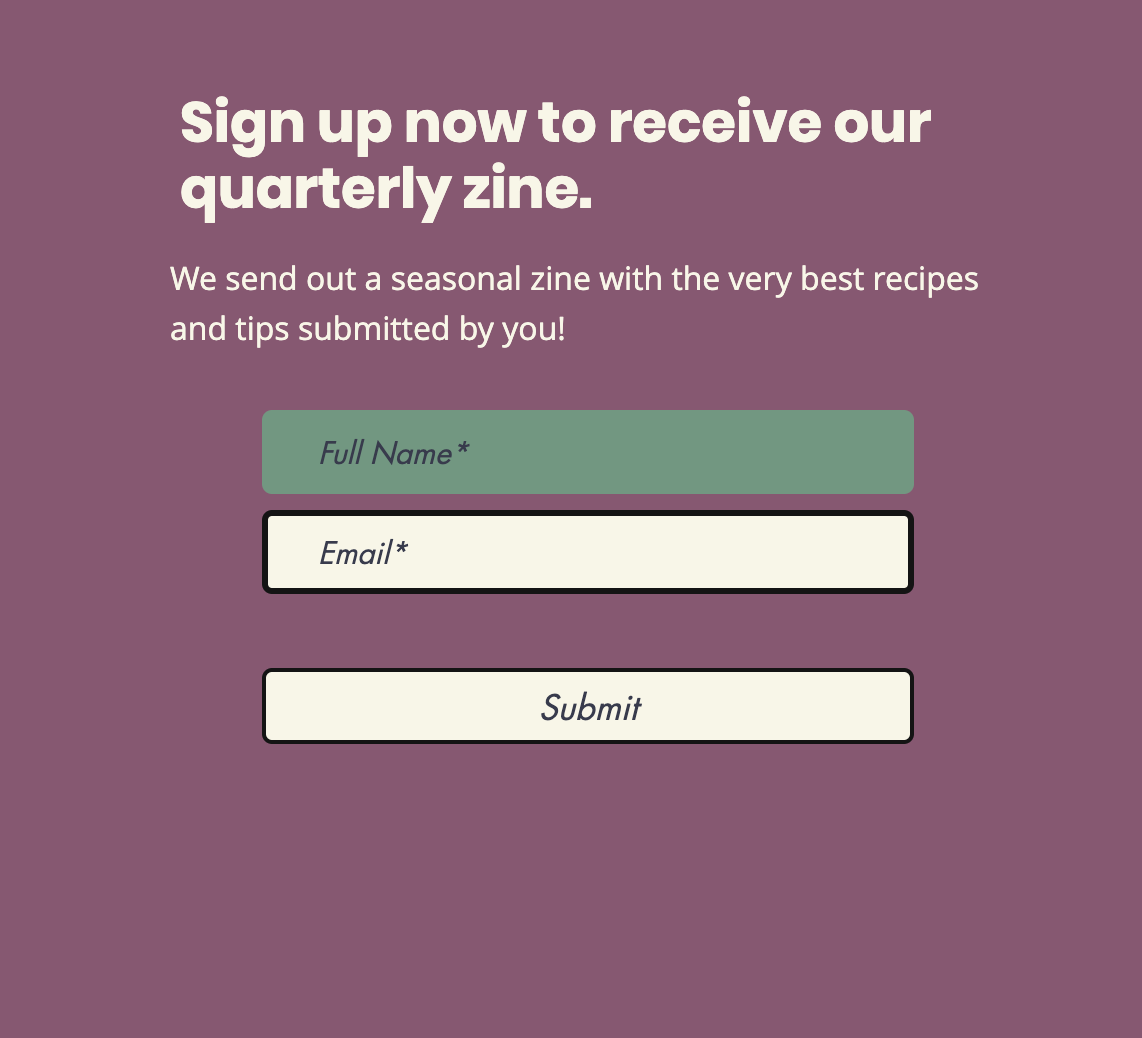“SECOND LIFE KITCHEN” —(2020)






Second Life Kitchen
(2020) linkby Julia Candeloro, Anna Xu, and Grace Nau
Limiting domestic food waste through shared knowledge.
Pitch
The Second Life Kitchen is a collaborative educational space where anyone can learn how to utilize their food scraps in fun and unique ways. We welcome collaborators to share their favorite food scrap projects and recipes or browse for new ones on our website. Come build a community of sustainably-minded folks and help redefine the role of food waste in our everyday lives by re-imagining a second life for it.



Initial Research
Our initial research started with Food Forward, a company based in Los Angeles focused on distributing unused produce to food insecure communities. We were interested in Food Forward because community was essential to their operation. Food Forward function because of volunteer community members who source, harvest, or collected unused, edible produce. This food is then redistributed to food insecure Los Angelenos. As we shifted our focus away from food distribution, we still stayed centered around this idea of community interference.
Other applications and websites that we used for reference were sites such as Sharewaste, a website centered around community compost, and Nextdoor, an app that connects users with others in their neighborhood. Both of these sites were crucial to developing our framework on how we wanted to approach this project, and what we specifically wanted to do in the context of food waste.



Designing the Listening Tool & Insights
We designed our listening tool around COVID-safe community engagement. Our goal was to utilize physical space and interaction as a way to collect data. Sidewalk chalk became our medium of choice and we created an interactive hopscotch-inspired flow chart quiz. The quiz included questions about food waste and personal habits and determined where a participant was at on their sustainability journey. At the end of the quiz, participants finish by landing on one of three archetypes: Busy Bee, Good Egg, and Earth Angel. From there, they were provided a link to learn more about their archetype.
After testing out the listening tool with our families and presenting our work to our peers, we received feedback on the overall format and results. The majority of individuals who tested our tool enjoyed the process of the quiz and found it to be quite fun. However, they believed that it needed clearer organization and flow. There was also a lack of follow up after taking the quiz. This led us to create a small website where users could read more their archetype. The link was provided at the end of the quiz. O



Our initial prototyping was done with sketches. Each team member offered their ideas about how the site would be organized and different features it would have. One pressing challenge was figuring out how our recipes and craft projects would be organized so that they were accessible to the right archetype group. E.g. easier recipes would be discoverable for the “Busy Bee” archetype.
Our first digital prototype utilized a Wix template with a vertical layout. While we were drawn to its minimalism and aesthetic, we quickly realized that our site needed to display information more quickly. Readability and navigability became paramount and we prioritized user experience.
We recreated our site using a different template and customized it heavily to meet our project’s requirements. We played to our respective strengths and delegated relevant work to each team member. A color scheme was established and illustrations were custom made for the archetypes and front page.




Zine
Accompanying the website, was a seasonal zine that would be printed using the suggestions and recipes of the users, creating a tangible offline activity that would mirror the online community.
Reflection
Our group was very happy with the work that we were able to complete by the end of the semester. Although there are many improvements to be made, we felt it was a successful and educationally fulfilling project. Taking into consideration distanced learning, digital communication, and lack of access to resources due to COVID, we were content with how much work we were able to get done. We all had a pleasant experience collaborating with each other as we all had similar work ethics, interests, and complimentary skills.